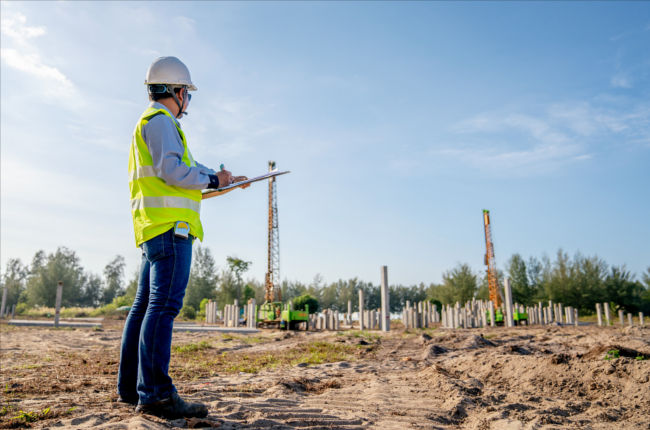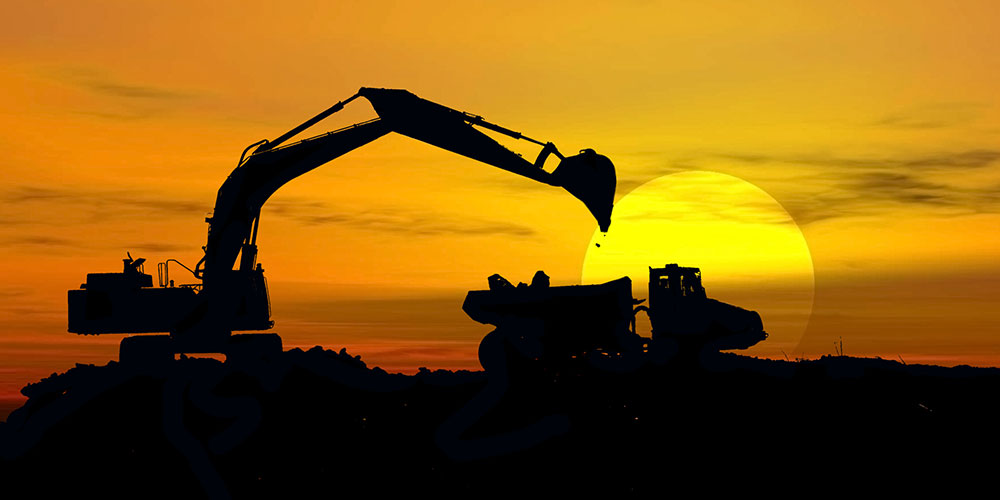Specialized Geotechnical Works for Sustainable Building Solutions
Specialized Geotechnical Works for Sustainable Building Solutions
Blog Article
Exactly How Consulting Engineers Enhance Geotechnical Engineering Projects: Insights Into Their Expertise, Approaches, and Collaborative Approaches
Consulting designers are crucial in enhancing geotechnical design tasks, using their specialized understanding to browse the intricacies of subsurface problems. Their collaborative methods foster interaction among diverse project stakeholders, inevitably shaping the task's trajectory.
Function of Consulting Engineers
The knowledge of getting in touch with engineers in geotechnical engineering is basic to the effective execution of building tasks. These specialists play an essential function in evaluating soil and rock homes, which are vital factors influencing style and building and construction decisions. By performing thorough site investigations, speaking with engineers collect crucial data that educates the style procedure, ensuring projects are improved stable and ideal ground.
Consulting engineers additionally supply indispensable understandings into danger monitoring (geotechnical geologist). They determine possible geotechnical threats, such as landslides, soil liquefaction, and settlement concerns, making it possible for stakeholders to apply effective mitigation approaches. Their experience help in optimizing structure styles, which can result in substantial expense savings and improved security
Moreover, speaking with designers work as an essential link in between job owners, designers, and professionals. Their capacity to equate complicated geotechnical data into actionable suggestions promotes partnership and helps with educated decision-making throughout the task lifecycle. This multidisciplinary strategy not just boosts project effectiveness however likewise makes sure compliance with governing standards and best techniques.
Trick Approaches in Geotechnical Design

One primary methodology is website investigation, which involves performing area examinations and research laboratory evaluations to gather information on subsurface problems. Techniques such as Criterion Infiltration Screening (SPT) and Cone Penetration Screening (CPT) are widely utilized to review dirt stratigraphy and toughness. Additionally, geophysical techniques, including seismic and electrical resistivity surveys, supply non-invasive means to examine subsurface features.
Another vital technique is numerical modeling, which enables engineers to simulate different circumstances and forecast exactly how soil-structure interactions will certainly behave under various loading conditions. Finite Aspect Analysis (FEA) is a common method used in this context.
In addition, the design of foundations, retaining frameworks, and earthworks depends heavily on these methods - geotechnical geologist. By incorporating advanced logical tools with field data, getting in touch with engineers can create customized solutions that attend to particular job challenges, inevitably adding to the security and safety and security of building projects
Relevance of Dirt Evaluation
Dirt analysis serves as a foundational aspect in geotechnical engineering, offering vital understandings right into the physical and chemical homes of soil necessary for effective building and construction preparation. Recognizing soil attributes is vital for identifying its load-bearing capability, drain habits, and possibility for negotiation or instability. In-depth soil investigations, consisting of sampling and lab screening, help identify parameters such as soil type, wetness web content, density, and shear toughness.
These analyses notify the option of suitable building and construction techniques and materials, eventually influencing here job safety and security and longevity. As an example, natural dirts might require different structure layouts compared to granular soils, requiring customized design remedies. Furthermore, dirt evaluation help in recognizing impurities that can position threats to human wellness or the setting, permitting the advancement of mitigation approaches.
Including dirt evaluation right into the beginning of project growth assists to decrease unanticipated difficulties, ensuring that engineers can prepare for and address possible issues before they rise. By developing a thorough understanding of the website problems, consulting designers can enhance style efficiency and reduce prices, therefore boosting the general success of geotechnical engineering projects.
Joint Techniques in Projects
Effective geotechnical projects frequently rest on joint techniques that combine varied proficiency from numerous self-controls. Efficient collaboration amongst speaking with designers, rock hounds, environmental researchers, and building professionals is critical for attending to complex obstacles and optimizing job end results. By leveraging the unique abilities and knowledge of each employee, jobs can gain from an alternative understanding of the site problems, regulatory demands, and design restrictions.
Normal communication and interdisciplinary conferences facilitate the sharing of understandings and foster a society of synergy. These collective initiatives enable the identification of possible threats early in the job lifecycle, enabling timely reduction approaches. Furthermore, including feedback from stakeholders, consisting of local communities and governing agencies, guarantees that all viewpoints are considered, enhancing task approval and compliance.
Additionally, the integration of advanced innovations, such as Geographic Info Solution (GIS) and Structure Information Modeling (BIM), additional improves partnership. These tools enable for the real-time sharing of information and visualization of geotechnical problems, advertising informed decision-making. Inevitably, a collaborative approach not only streamlines project execution but additionally lays the foundation for innovative solutions to intricate geotechnical design obstacles.
Effect On Job Results

Consulting designers employ innovative approaches such as danger assessment and anticipating modeling, which enhance the precision of task forecasts. Their capacity to integrate cutting-edge modern technologies, like geotechnical instrumentation and data analytics, better refines the layout and construction procedures. Because of this, jobs experience improved performance, reduced expenses, and decreased delays.
Additionally, cultivating effective interaction and collaboration amongst team members improves analytical abilities. When challenges arise, an unified front enables speedy address identification of services, protecting against potential obstacles. Inevitably, the collaborative efforts of getting in touch with engineers add to better outcomes, guaranteeing that jobs satisfy both governing criteria and customer assumptions.
Conclusion

Report this page